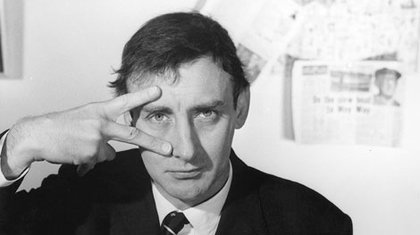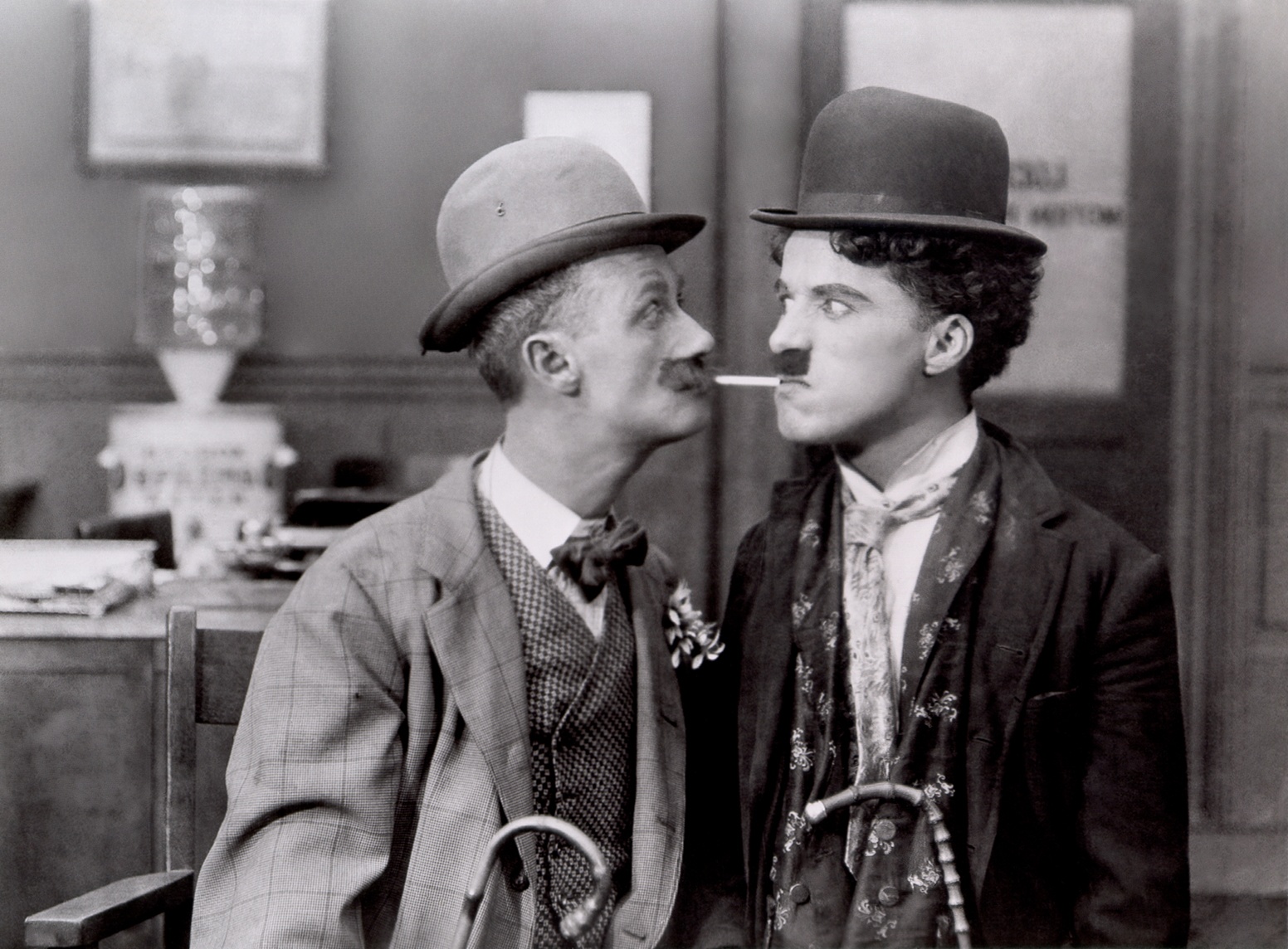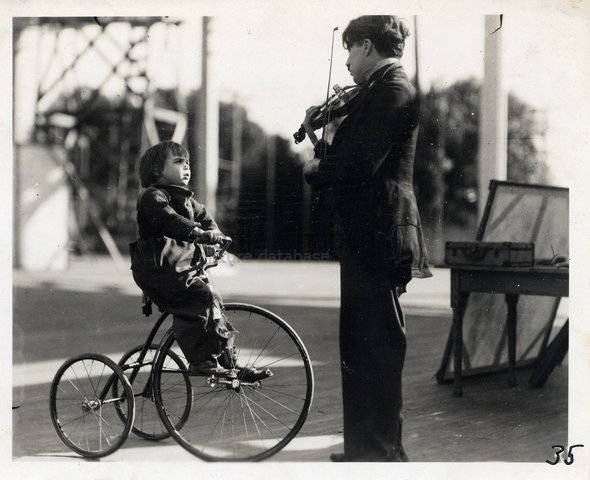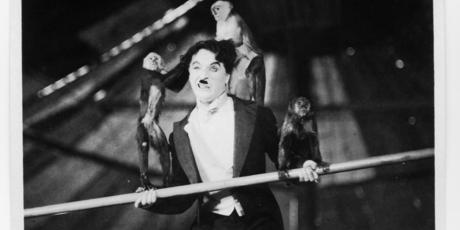Monty Python, sometimes known as The Pythons, were a British surreal comedy group, Graham Chapman, John Cleese, Eric Idle, Terry Jones and Michael Palin, who created their sketch comedy show 'Monty Python's Flying Circus', that first aired on the BBC on October 5th, 1969.

Graham Chapman was born in Leicester and studied medicine at Cambridge and St. Bartholomew's, but he first participed in Cambridges footlights club, where he met and partnered with John Cleese which then led to his touring in New Zealand with 'Cambridge Circus'. Comedy overtook his medical career so Chapman and Cleese together wrote for "That was the week that was", "The frost report", "At last the 1948 show", "Marty" and "How to irritate people".
 John Cleese was born in Weston-Super-Mare in North Somerset. Cleese studied law at Cambridge University, where he also wrote and performed in Cambridge Footlights revues with medical student Graham Chapman. He escaped a projected career as a solicitor by accepting an offer to write for BBC Radio. Cleese later worked on the pun-filled radio sketch show, "Im sorry, i'll read that again", which led to writing and starring in David Frosts's "The Frost Report" where he met fellow writers Michael Palin, Terry Jones and Eric Idle.
John Cleese was born in Weston-Super-Mare in North Somerset. Cleese studied law at Cambridge University, where he also wrote and performed in Cambridge Footlights revues with medical student Graham Chapman. He escaped a projected career as a solicitor by accepting an offer to write for BBC Radio. Cleese later worked on the pun-filled radio sketch show, "Im sorry, i'll read that again", which led to writing and starring in David Frosts's "The Frost Report" where he met fellow writers Michael Palin, Terry Jones and Eric Idle.
Eric Idle was born in South Shields in Northern England. Idle was president of Footlights at Cambridge University and was the first to allow women into the theatrical club. He appeared on stage in "Oh! What a lonely war" contributed to the BBC Radio series "Im sorry, I'll read that again", and worked on "The Frost Report" and "We have ways of making you laugh" which also featured cartoonist Terry Gilliam. He later invited Terry Jones and Michael Palin and eventually Gilliam to join him on "Do not adjust your set".

Terry Gilliam was born and raised in Minneapolis and Los Angeles, Terry Gilliam's youthful enthusiasm for drawing cartoons infused his academic life and his streak of anti-authoritarianism. His early knockabout career, as a magazine illustrator and art director in L.A. and New York City in the 1960's, allowed him to cross paths with "Cambridge Cricus" starr John Cleese, who he featured in a "Help" magazine photo essay about a man's lust for a Barbie doll.
 Terry Jones was born in Colwyn Bay, Wales. Among the Pythons, was an enthusiastic and passionate driver of the group. He has pursued perhaps the broadest range of artistic and intellectual pursuits, from writing and preforming to directing from comedian and childrens book author to Middle Ages scholar from documentary host to political columnist. Jones teamed up with fellow Oxford student Michael Palin to write and perform revues for the University's theatre club.
Terry Jones was born in Colwyn Bay, Wales. Among the Pythons, was an enthusiastic and passionate driver of the group. He has pursued perhaps the broadest range of artistic and intellectual pursuits, from writing and preforming to directing from comedian and childrens book author to Middle Ages scholar from documentary host to political columnist. Jones teamed up with fellow Oxford student Michael Palin to write and perform revues for the University's theatre club.
Michael Palin was born in Sheffield, Yorkshire. Michael was a student of history at Oxford, where he wrote and performed in theatrical shows with Terry Jones. The two became writing partners whose TV credits included "The Frost Report", "Marty", "Do not adjust your set" and "The complete and utler history of Britain".














